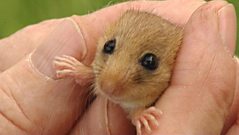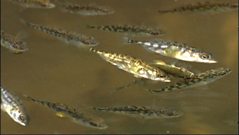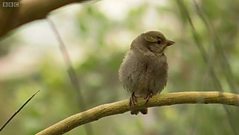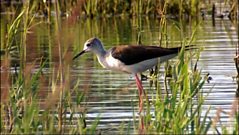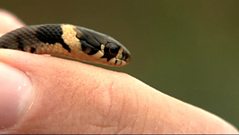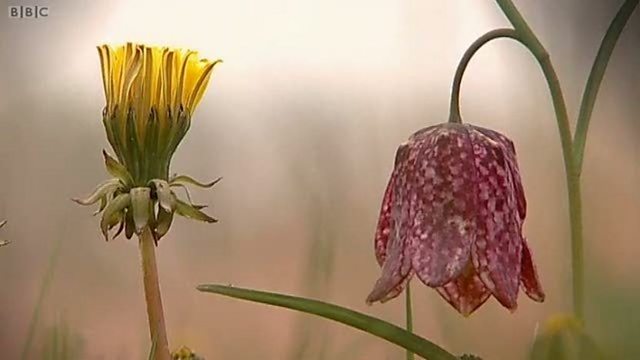
Rare beauty
Centuries of managed lammas land provides a haven for snake's head fritillaries.
Flowers no bigger than your thumb, but people flock to Cricklade every spring to see them and to take part in organised walks. These are snake's-head fritillaries and they exist in millions at North Meadow, an ancient flood plain on the banks of the River Thames. An incredible 80% of the UK's snake's-head fritillaries grow here. The name comes from the unopened flower which has a snake-like shape and a scaly pattern. Why are there so many here? It's because the land has been managed the same way for centuries. It's a floodplain between the Churn and the Thames and has been grazed as lammas land since 1086. It's grazed in late summer and winter, then hay is grown and taken off in July. This traditional, chemical-free form of farming has allowed the fritillaries to flourish. The High Baliiff of the Court Leet, an ancient local power and predecessor of the parish council, talks about the history and right of monitoring the cattle on the meadow. The court manages the grazing rights, and this history has preserved these superb flowers. This is wildflower haven. As well as fritillaries there are marsh marigolds and cuckoo flowers so called because they flower when the cuckoos start singing.
Duration:
This clip is from
More clips from Spring: Farmland
-
![]()
Insect Eden
Duration: 03:27
-
![]()
Moorland LBJs
Duration: 02:24
-
![]()
Dozy dormouse
Duration: 01:44
-
![]()
Pale bloom
Duration: 00:27
More clips from Nature's Calendar
-
![]()
Bizarre behaviour—Series 1, Summer: Parks and Gardens
Duration: 01:27
-
![]()
Hot-housing sparrows—Series 1, Summer: Parks and Gardens
Duration: 01:42
-
![]()
Long-legged lovelies—Series 1, Summer: Wetland
Duration: 02:38
-
![]()
Young grass snake—Series 1, Summer: Parks and Gardens
Duration: 01:30



